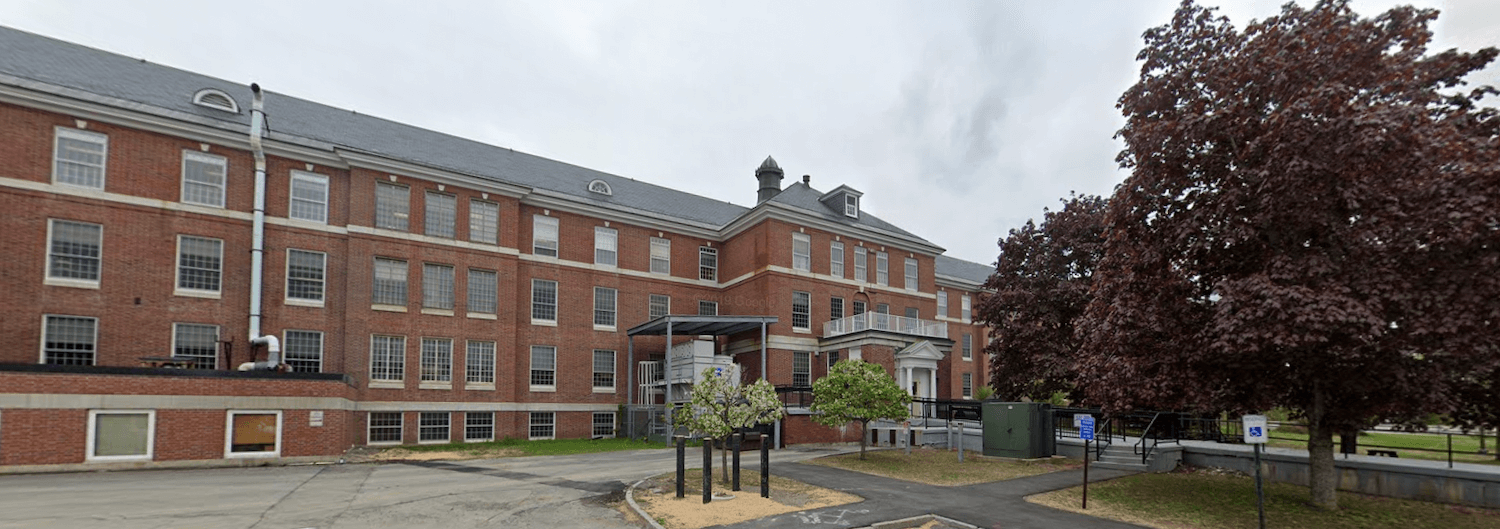Editor’s note: ImpactAlpha has partnered with HIP Investor to highlight upcoming bond issues with social and/or environmental significance. Disclaimer: Nothing in this post or on ImpactAlpha.com shall constitute an offer to sell or solicitation of an offer to buy bonds.
- CUSIP bond identifier: 79771FDV6
- Issuer: Public Utilities Commission of the City and County of San Francisco
- Impact entity rated by HIP: SFPUC City Distribution Division (California Water), as a Green Bond
- Muni sector: Water Utilities
- Closing date: August 10, 2023
- Bond amount: $57 million for the above CUSIP maturing in 2033 all issuances across all maturities in this Green Bond series total $486 million
- Coupon: 5%
- HIP Impact Rating: 85.4% connoting “net positive” (higher than 50 on 100-point scale)
- Opportunity Zones located in the issuing entity: 11 zones covering 42,751 citizens (of 815,201 citizens in San Francisco)
- UN SDG Rating by HIP (on 100 point scale):
- 79.5% Goal 6 (Clean Water and Sanitation)
- 86.3% Goal 9 (Industry, Innovation and Infrastructure)
- 59.7% Goal 11 (Sustainable Cities and Communities)
- 59.9% Goal 13 (Climate Action)
- 68.2% Goal 14 (Life Below Water)
- 65.3% Goal 15 (Life on Land)
San Francisco Green Bond
The Public Utilities Commission of the City and County of San Francisco, or SFPUC, is issuing a $57 million water green gond in August this year to re-fund prior water revenue bonds issued by the Authority and renew funding for outstanding indebtedness, while implementing the original eco-focused initiatives.
This SFPUC bond derives its designation as a “green bond” from the climate adaptation and mitigation benefits associated with the refinanced projects. The positive impacts of these environmentally beneficial initiatives also align with various UN Sustainable Development Goals (SDGs). These projects include the Bioregional Habitat Reserve Program, aimed at preserving, enhancing, restoring, or creating approximately 2,050 acres of various habitats such as ponds, wetlands, and grasslands, aligned with SDG No. 14: Life Below Water and SDG No. 15: Life on Land.
Additionally, the bond supports the Calaveras Dam Replacement project, which involves replacing a seismically vulnerable old dam with a new one, complete with a fish ladder to protect and restore steelhead trout. This project aligns with SDG No. 6: Clean Water and Sanitation; SDG No. 9: Industry, Innovation and Infrastructure; and SDG No. 11: Sustainable Cities and Communities.
On top of the “green bond” designation, the San Francisco green bond has received certification as a “climate bond” by the Climate Bond Initiative. The certification was granted based on verification from Sustainalytics. All projects funded by this bond adhere to the Climate Bonds Standard Version 2.1 Water Sector Criteria.
The two primary elements of the water sector criteria include: (1) mitigation, where water projects aim to reduce or maintain greenhouse gas emissions compared to a business-as-usual baseline throughout their operational lifetime, and (2) adaptation/resilience, which centers on water infrastructure and ecosystems’ capacity to withstand climate change and effectively handle related risks.
To maintain transparency and compliance, the SFPUC commits to publishing a Green Bond Report annually.
The SFPUC was the first issuer with a certified green bond under the Climate Bonds Water Criteria in 2016. Since 2015, the SFPUC has been one of the largest green bond issuers in the United States, with over $3 billion in financing for climate change mitigation or adaptation projects. In 2017 the SFPUC earned the Green Bond Pioneer Award.
HIP Impact Analysis
The SFPUC earns an overall HIP rating of 85.4% – with a HIP Health pillar rating of 74.4%, a HIP Earth pillar rating of 84.2%, and a perfect HIP Trust pillar rating of 100%. The agency excelled in 5 out of 12 metrics: notably, SFPUC had no lead and copper-related violations or serious health violations over the past five years, contributing to its high health and trust ratings.
For environmental performance, the SFPUC outperformed 99.8% of the water agencies nationwide. For example, the SFPUC’s water withdrawal efficiency of 78 gallons per day per person in the service area, which is much lower than the national average of 198 gallons per day per person in the service area.
This efficiency can be attributed to SFPUC’s programs, and potentially to the customer and usage mix in the service area: agriculture and industry are lower in the city and county of San Francisco, for example.
Water system improvements
County of San Francisco is responsible for supplying drinking water to approximately 2.7 million individuals living in the San Francisco Bay Area. Additionally, it collects and treats wastewater for the city and county. SFPUC also generates clean power, supplying 20% of the city’s electricity through Hetch Hetchy Power. Among water utilities, water is supplied for agriculture, power production, and everyday usage in houses, commerce, and industry.
Projects refinanced by the San Francisco green bond are integral components of the Water System Improvement Program (WSIP). WSIP encompasses a total of 87 capital projects with the primary objective of enhancing crucial aspects of both the regional and local water systems, all while adhering to environmentally sustainable practices and cost-effectiveness. The overarching goals of WSIP and the Green Projects are:
- Improve the water system to ensure the delivery of high-quality water that meets all present and foreseeable local, state, and federal requirements reliably.
- Minimize the water system’s vulnerability to damage caused by earthquakes.
- Enhance system reliability to guarantee a steady water supply by implementing measures to address outages and ensure redundancy.
- Implement improvements related to water supply and drought protection.
- Promote sustainability through enhancements that prioritize the safeguarding of the natural environment and the well-being of communities.
Community benefits
The SFPUC is the first utility in the nation to adopt environmental justice and community benefits policies. These policies are designed to ensure proactive engagement with diverse communities, providing opportunities in workforce and economic development, the arts, urban agriculture, and education.
The SFPUC employs a three-fold community benefit strategy. Firstly, the agency focuses on environmental justice and land use, ensuring that no particular group bears a disproportionate burden of negative environmental impacts resulting from their operations. They integrate this policy into all business decisions, educating their staff on environmental justice concepts and implications for the communities they serve.
Secondly, SFPUC prioritizes equity and inclusion, recognizing historical barriers to opportunity in San Francisco. They actively address economic and social disparities based on race, ethnicity, sexual orientation, postal code, and immigration status. For example, the SFPUC actively participates in the Government Alliance for Racial Equity (GARE), engaging in racial equity training and developing inclusive policies.
Lastly, the SFPUC ensures community input and accountability by working with boards, commissions, and committees to design, implement, and evaluate policies and programs, to actively seek diverse stakeholder input. In the lower-income Bayview-Hunters Point neighborhood, SFPUC collaborates with the community to ensure that their new facilities incorporate the feedback and insights of local residents.
Their Project Learning Grant Program offers funding to community organizations to provide education and employment programs to young people in San Francisco on water conservation techniques and resume writing skills. To date, the initiative has successfully served over 3,700 youth, with approximately half of the beneficiaries coming from minority backgrounds.
Ripple effects
San Francisco continues to innovate and lead on environmental initiatives. In September 2021, the city adopted ambitious emissions reduction targets, aiming to achieve net-zero greenhouse gas emissions generated within the city by 2040. To realize these targets, Mayor London Breed released a comprehensive climate action plan in December 2021, outlining actions across six sectors: energy supply, building operations, transportation and land use, housing, responsible production and consumption, and healthy ecosystems.
San Francisco’s water sustainability is included in its latest Climate Action Plan. Collaborating with the SFPUC, the city aims to establish clear goals, strategies, and actions in this chapter, focusing on key areas such as water consumption, residential and commercial water use, and the diversification of water resources, including recycled water, water reuse, purification, and storage.
San Francisco Green Bond: Net positive
In summary, the San Francisco’s $57 million green bond earns an overall HIP rating of 85.4%, with the “Green Bond” designation, a “Climate Bond” certification and aligns with multiple UN Sustainable Development Goals. The SFPUC pursues environmental and community interests via its water system improvement program and community benefits approach. SFPUC leads on data-driven water metrics, showing leadership compared to national peers and benchmarks.
Stella Yao is an ESG Impact Investing Analyst at HIP Investor Ratings LLC.
HIP Investor Inc. is a state-registered investment adviser in several jurisdictions, and HIP Investor Ratings LLC is an impact-ratings firm evaluating impact and ESG on 123,000 municipal entities, 250,000 muni-bond issuances, and 12,000 corporates for equities and bonds. HIP Impact Ratings are for your information and education – and are not intended to be investment recommendations. Past performance is not indicative of future results. All investments are risky and could lose value. Please consult your investment professionals to evaluate if any investment is appropriate for you, your goals, and your risk-return-impact profile.











